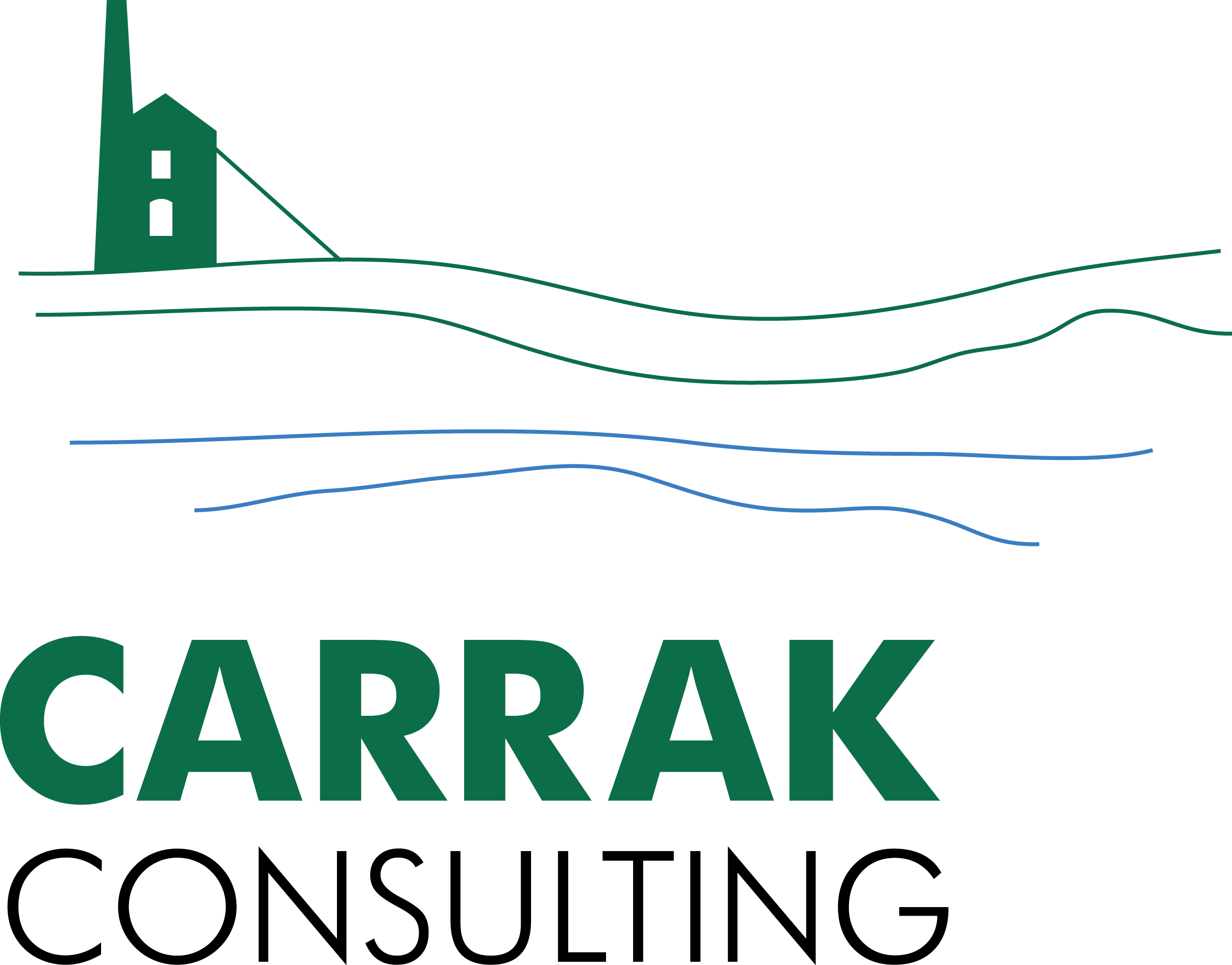Carrak Consulting Ltd has co-developed a screening tool to identify flooded mines in Cornwall that are potential geothermal reservoirs and could be used to heat buildings.
Heat comprises almost half of the UK’s energy demand, producing about one third of our Greenhouse Gas emissions. There has been much focus on decarbonising electricity, but we are behind with heat. Climate Change and the looming energy crisis need to drive planning for low carbon heat sources in new developments.
Water in abandoned mines can be used as a source of geothermal heat, with old coal mines already providing district heating schemes in Britain and to a greater extent elsewhere in Europe. During the 19th century Cornwall was one of the richest metal mining regions in the world and retains hundreds of miles of flooded workings, some of which extend to a depth of 900 metres. Warm mine water sourced from depth in flooded mines can be used as a resource for a variety of direct heat applications. As well as a negative environmental legacy, former mining areas often experience high unemployment and fuel poverty, so there is a social imperative as well as a spatial synergy between old mine workings and low-cost heat demand.
Carrak Consulting Ltd and EGS Energy Ltd created a dataset on deep ‘hot’ Cornish mines for the University of Exeter’s REMIX ‘GeoResources Cornwall’ document, designed as a point of reference for the emerging Local Industrial Strategy. Recognising that potential role of existing deep, flooded mine shafts to reduce capital costs of any heat generation scheme, Carrak Consulting Ltd developed a detailed spatial dataset to characterise key parameters of potentially viable deep mine shafts across Cornwall. The research for this project was assisted with funding from the Tevi programme.
Ben Rowswell (Impact Partnership Development Manager for Tevi) said: “Tevi’s funding of this project will locate and characterise potential geothermal mine water resources, which will then be mapped to areas of fuel poverty and heat demand. In so doing, it will help contribute to Target Outcome 3 of Cornwall Council’s Environmental Growth Strategy (EGS). Furthermore, it will improve knowledge of Cornwall’s environmental assets (groundwater stored in mines) and allow the generation of maps to identify other related opportunities, helping to meet EGS Target Outcome 4. The project will also provide a tool to help policy makers; regulators; and developers identify opportunities for alternative low carbon heat resource. In so doing it meets EGS Target Outcome 8c and could contribute towards Cornwall’s 2030 carbon neutral ambitions.”
The outcome is a minewater geothermal screening tool, which can be used by planners and developers to identify opportunities for minewater heat generation at pre-planning and conceptual design stage.

